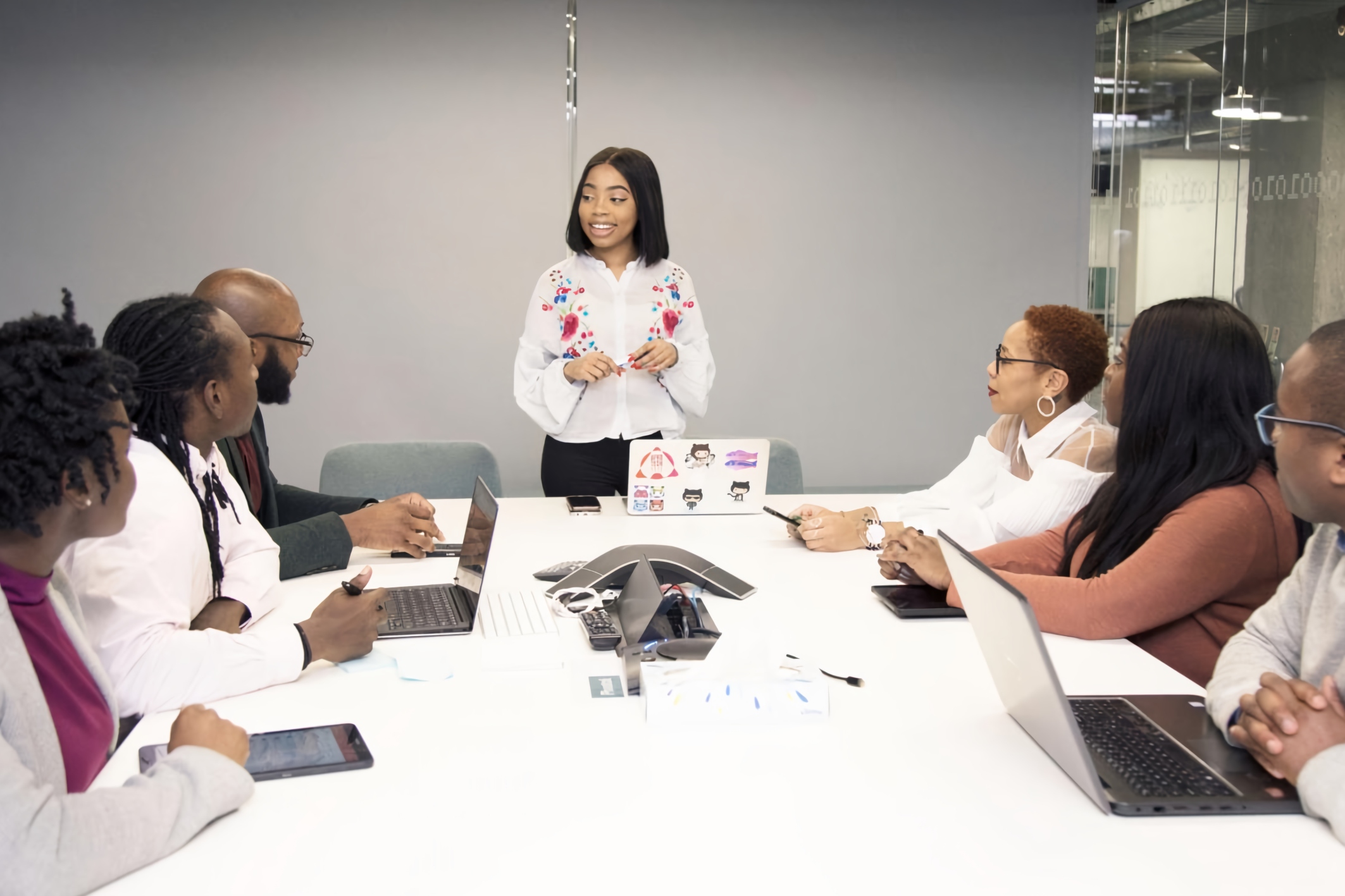Referencing: best practice in and out of lockdown.
A few months ago, Sarah Ruth Boyer walked us through the possibilities and pitfalls of remote onboarding. Now, from lockdown in Brooklyn, New York, she investigates the referencing process, which more often than not happens over the phone or across the screen. What does an excellent referencing process look like and what sort of insights might those applied best practices reveal?
When it comes down to it, running a reference isn’t very different from running an interview. Whether recruiting a candidate or investigating a potential deal, a reference is a conversation to understand someone’s experience, ability, and expertise through the eyes of another person who knows them well. When interviews and diligence take place across the screen, running a best-in-class reference process is more important than ever. Chances are, when done well, your references will have insight on both the strengths and growth areas for your candidate or founder, and awareness of what working with them is like before you make an offer or investment.
Unstructured interviews rarely predict a candidate’s performance. In his book Work Rules, Laszlo Block reports that “unstructured interviews… can explain only 14 percent of an employee’s performance. This is somewhat ahead of reference checks, explaining 7 percent of performance.” Let’s emphasize this: that’s only a 7 percent reliability for unstructured references! Fortunately, by adding structure to your reference calls, the odds of accuracy predicting competency or ability improve dramatically—regardless of the level of your candidate. So, what might this structure look like?
Begin with the end in mind
Before you begin checking references, first define what you want to learn from the conversation. Do you need to understand where someone might rise or fall on leadership skills, scrappiness, deal competency, ability to navigate ambiguity, analytical chops, or user-empathy? Then, think about how you might want to assess those areas. Putting a little thought and effort into an agenda will help you focus on what matters most from the start.
Speak with the right people
Find those who are best positioned to speak to the areas you need to validate or learn more about. Be specific and direct with your finalist, ask them for the number and type of reference you’d like to speak with. Whether it’s a current investor, former manager, peer, direct report, or client, choosing the right mix of people can determine the quality of the picture you build. Make sure to not only reference investors or peers, but dig deeper to get a fuller, 360-degree view of your candidate’s ability. This is especially important when you’re doing due diligence on founders and senior hires. You may also want to consider finding off-list references to speak with to round out your picture of the finalist.
Set the mood
Context is key. Don’t be afraid to set the stage for the reference and let them know why you’re speaking with them and what insight you hope they will bring to the table. Give them context on the role and company, or investment to be made, and the areas you’d like to learn about during the conversation. Make them feel comfortable, so they can be as transparent as possible with you. Assume the best—don’t go into the reference on a hunt for bad news, but for real examples of ability and behavior (whether that ends up being good or bad).
Calibrate to validate
Have questions on hand that address the areas you aim to investigate during the conversation. Don’t be afraid to use a script. It may feel awkward and unnatural, but don’t let that deter you. Lean into the awkwardness, soon it will feel more natural! Scripting questions creates consistency, and when asked across a variety of references, can give you a more accurate and holistic view of your finalist. Questions don’t have to be asked in the same order (unless it makes sense to), but making sure to cover the same content in every reference will help you validate insights.
Ask open questions
Gathering qualitative information is critical. Don’t force references into yes or no questions, this severely limits the information you’ll receive from them. Instead of asking a reference if the founder or candidate “is stronger than their peers?”, ask, “how might they compare to their peers?” Always ask follow-up questions to understand why the person in question was at the top, or why perhaps they were not.
Dig until you hit rock
Keep digging! Don’t settle for vague or abstract answers. Concrete details and real examples of behavior are the most valuable insights you can gain from these conversations. Ask for real examples to learn when X, Y, or Z was accomplished and how. Tease out detail and subtleties. You can even ask for a stack ranking of traits or skills. This will allow you to spot trends as they emerge. Ask follow-up questions so no stone is left unturned. Listen out for what’s not being said. If it’s all positive, probe for areas of development.
The final picture
By the end of the reference process, you should have a fuller picture of the support you might need to help your finalist be successful, validations of their strengths, and opportunities for their growth.
As with onboarding, adding structure to the referencing process (whether remote or not) goes a very long way. Prepare, and you’ll be able to run a fantastic and fair process that more accurately addresses a candidate or a founder’s abilities and opportunities.














